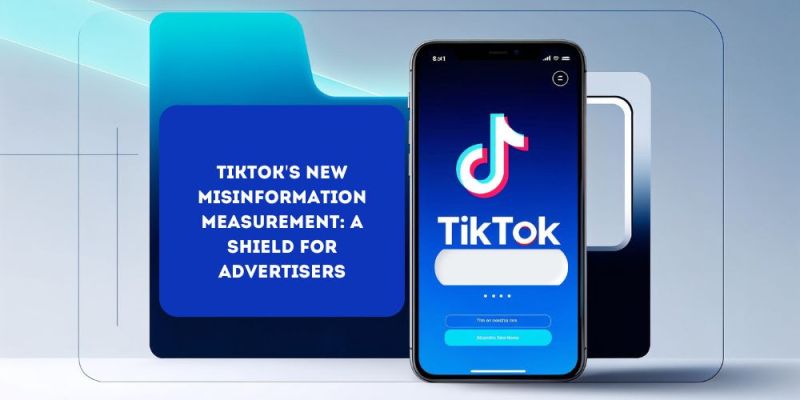TikTok's New Misinformation Measurement: A Shield for Advertisers
2025-12-22

In a significant move to strengthen advertiser confidence, TikTok has introduced a new mechanism for measuring misinformation on its platform. This development serves as a safeguard for brands, ensuring their ads are not inadvertently placed alongside misleading or incorrect content. Collaborating with established third-party entities, TikTok aims to provide unmatched assurance that could set new benchmarks in digital advertising. The integration of this feature underscores TikTok's commitment to a trustworthy and secure advertising environment, especially during critical periods like elections.
TikTok's latest announcement reveals partnerships with DoubleVerify (DV), Integral Ad Science (IAS), and Zefr to offer advertisers post-campaign misinformation insights. This initiative marks a profound shift toward ensuring brand safety by meticulously tracking the content that appears next to ads in the For You Feed. As misinformation monitoring becomes increasingly sophisticated, TikTok harnesses both AI and human intelligence to evaluate the integrity of adjacent content. This forward-thinking move provides advertisers with a powerful tool to avoid associations with dubious claims, reflecting TikTok's proactive stance toward maintaining content quality.
Initial testing by TikTok has yielded promising results, showcasing an impressively low misinformation rate of less than 0.1% for content surrounding ads. This metric highlights the platform's ability to effectively manage and mitigate misinformation risks. By adopting these third-party verification processes, TikTok sets a precedent for transparency that enhances advertiser trust. This development is particularly pivotal as the U.S. election approaches, emphasizing the importance of an unpolluted informational landscape. Advertisers can now rely on precise data to ensure their brand messaging remains credible and untarnished.
The broader implications of TikTok's innovative approach cannot be understated. As misinformation becomes a criterion in brand safety assessments, other platforms may feel compelled to follow suit. The industry's giants like Facebook, Instagram, and Snapchat might soon integrate similar systems to maintain their competitive edge. This trend could potentially transform the digital advertising ecosystem, urging platforms to prioritize content authenticity vigorously. TikTok's pioneering stance could inspire a wave of changes, leading to a heightened emphasis on reliability and truthfulness across the board.
Interestingly, while TikTok leads the way, not all social media platforms may embrace such measures. For instance, X, which has seen an upsurge in misinformation amplified by high-profile users, may be reluctant to adopt stringent misinformation measurements. However, the pressure for credible content will likely push major platforms to consider these necessary upgrades. TikTok's initiative might serve as a catalyst, urging companies to re-evaluate their content monitoring strategies. In doing so, the digital advertising landscape could witness a significant transformation in prioritizing brand integrity.
TikTok's introduction of third-party misinformation measurement represents a landmark commitment to brand safety and content integrity. TikTok offers a strong system for preserving brand credibility by ensuring that advertisements are not shown alongside dubious content. This forward-thinking action has the potential to reshape industry standards, encouraging other social media platforms to implement comparable initiatives. As misinformation tracking becomes increasingly integral, advertisers can look forward to a more transparent, reliable, and trustworthy digital ecosystem. TikTok's innovative approach not only safeguards brands but also fosters a more authentic and credible informational space for users.


